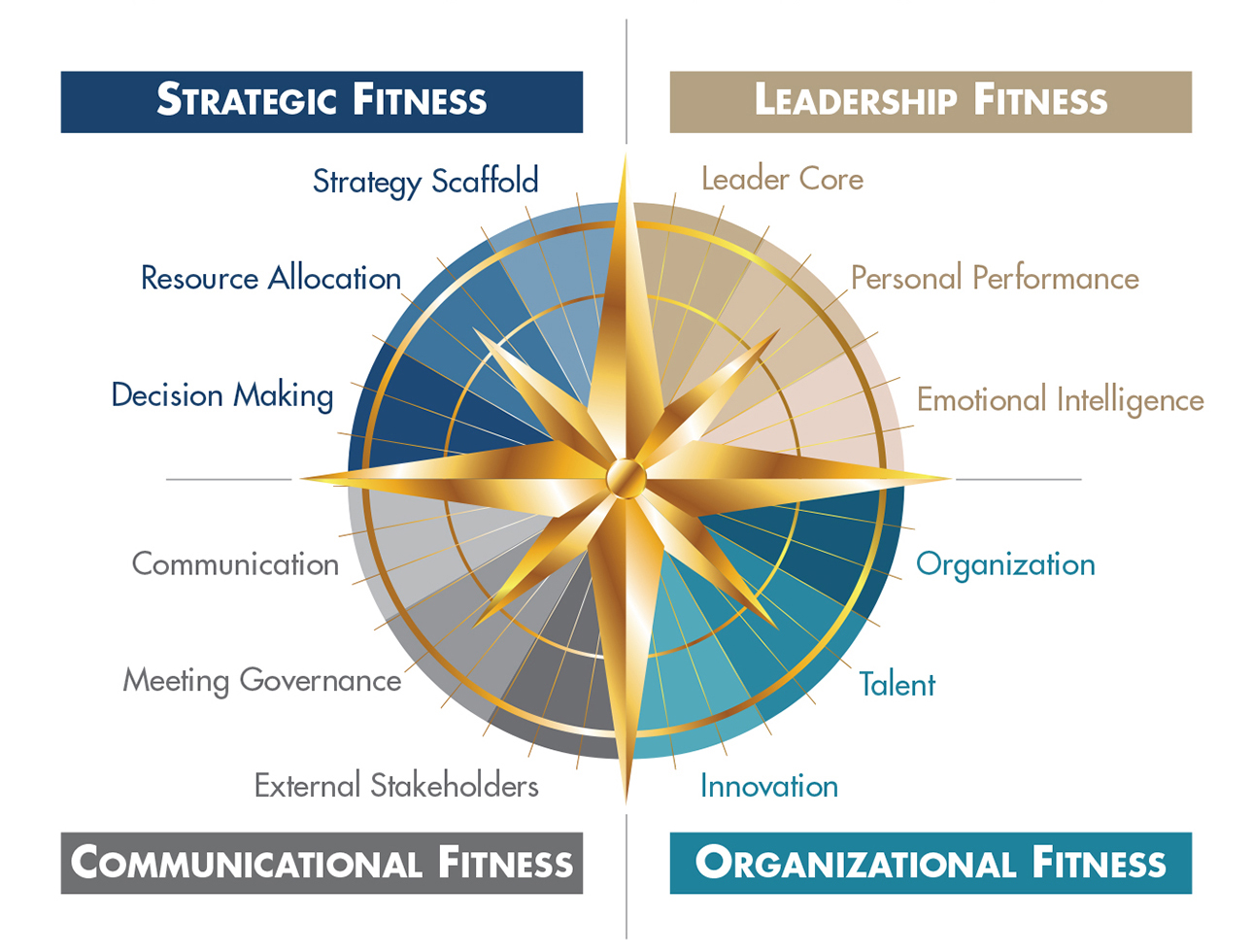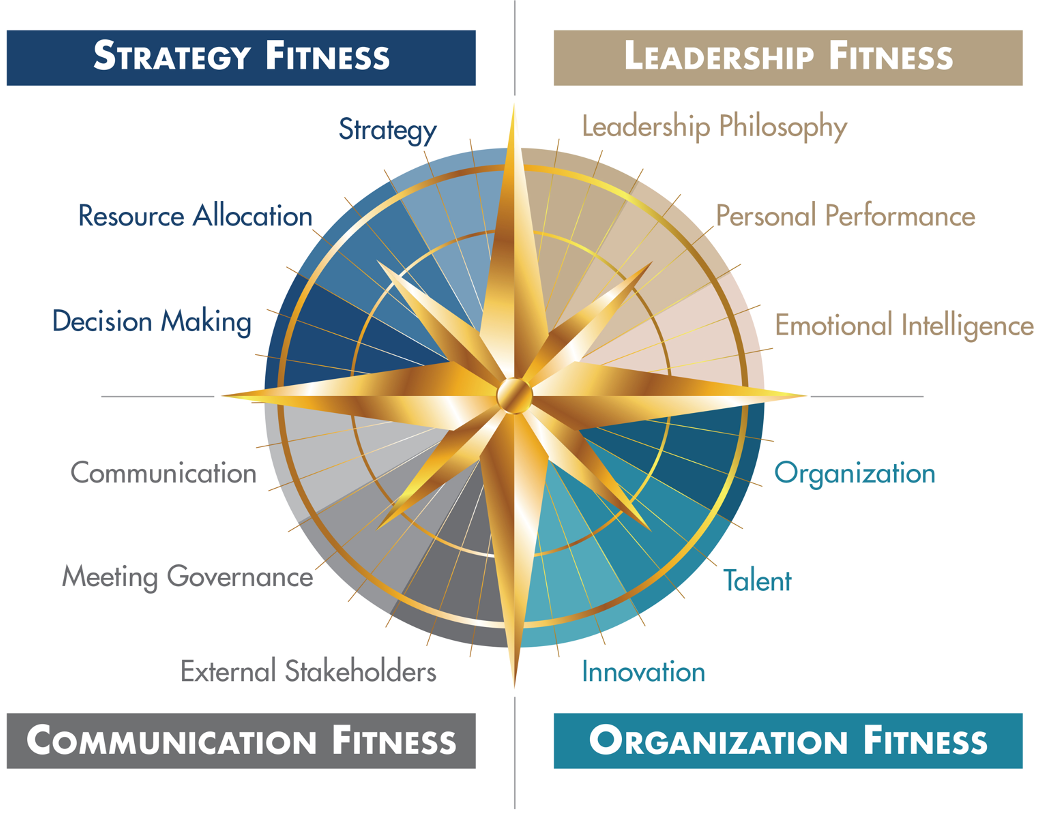“Business leadership, business acumen, and business strategy development—these three areas of expertise are considered non-negotiable: they are essential for success in any C-Suite position.” Omar Ishrak, CEO, Medtronic
Being a senior executive requires you to lead, manage, and monitor many different elements of the business at the same time on a continual basis. Sometimes it can feel like an intellectual version of the arcade game Whac-A-Mole, where issues keep popping up and you’re required to see and handle them instantaneously. Where you spend your time, talent, and attention can be influenced by fire drills, meetings, and other factors that may not necessarily align with your priorities. Damn those moles!
A study of 60,000 leaders by the Management Research Group found that having a strategic approach to the business is ten times more important to the perception of a leader’s effectiveness than any other behavior. This strategic approach can be challenging to master as you move up in the organization to broader levels of responsibility. While it’s comfortable to continue to flex your functional (e.g., marketing, finance, etc.) or technical (engineering, R&D, etc.) expertise, this may not always be in the company’s or your team’s best interest.
Based on 20 years of providing strategic counsel and coaching to executives, I’ve created the Strategic Approach System to help leaders navigate their business and enhance their executive performance. There are four areas of executive fitness that contribute to navigation and development: Strategic, Leadership, Organizational, and Communicational. While simple in structure, each area contains dozens of tools, techniques, and checklists to give you a methodical and comprehensive approach to mastering your business.

Strategic Fitness
While there are many skills an executive must be proficient at in order to successfully run a business, research shows that none are as important as their strategic capability. A 25-year study of 750 bankrupt companies found that the number one cause of business failure—80 percent of the time—was bad strategy. How then does an executive ensure that strategy development isn’t a weakness that torpedoes their career and their company? By becoming more effective at the skills of strategic thinking and planning.
Strategic Fitness refers to your ability to set direction, allocate resources, and make decisions. To help executives strategically navigate the business, the Strategic Approach System covers a number of topics including strategy development, the business model, competitive landscape, reallocation of resources, decision rights, and others. By having this framework as a guide, it instills confidence that key areas are not being missed. It also serves as a checklist to ensure you’re covering the strategic ground you need to and provides a platform for your executive development. As Harvard Business School professor David Yoffie wrote, “After twenty years of research, it is clear that mastery of strategy is not an innate skill. Most great CEOs learn how to become better strategic thinkers.”
To help leaders identify areas of strength and areas for development, they complete an executive performance assessment. Here are five sample statements from the Strategic Fitness section of the assessment. Please respond with “Agree” or “Disagree” to each statement:
- Our team has a consistent definition and understanding of strategy.
- The strategic plan has been condensed to 1-2 pages to be useful in driving daily activities.
- The business model is reviewed at least once a year and modified when appropriate.
- I reallocate resources (e.g., people, time, budget) consistently throughout the year from underperforming areas to ones with greater performance or potential.
- Decision rights are clear throughout the business—everyone understands who ultimately makes each decision.
How did you score on this mini-assessment of your Strategic Fitness?
Next post: Leadership Fitness
